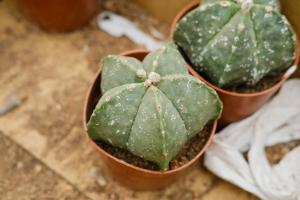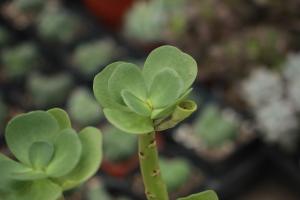What Part of the Plant Does Photosynthesis Occur?
Photosynthesis is a process that occurs in plants, allowing them to use sunlight to synthesize nutrients from carbon dioxide (CO2) and water. This process is an essential function for plant growth, making it important to know which part of the plant does photosynthesis occur.
The Organs Involved in Photosynthesis
Although photosynthesis can occur in the cells of any plant part that contains chloroplasts, the green pigment-containing organelles responsible for the process, most photosynthesis in plants occurs in their leaves. Specifically, the palisade mesophyll cells located in the mesophyll layer of a leaf are responsible for the majority of the process.
The Leaf Structure and Photosynthesis
The leaf is an essential organ for plants because it is responsible for the process of photosynthesis. The structure of the leaf contains several layers where different parts of the process occur. The outer layer, or the epidermis, contains pores called stomata that allow for the exchange of gases necessary for the process to occur. The mesophyll layer contains the chloroplasts where photosynthesis occurs, and the veins within the leaf provide transportation of the materials necessary for the process.
Other Organs Involved in Photosynthesis
Although the majority of photosynthesis occurs in the leaves, other parts of the plant can also perform this process. For example, plant stems and roots possess chloroplasts and can perform photosynthesis, albeit at a much lower rate than the leaves. However, photosynthesis in stems and roots is less common and less efficient than that occurring in the leaves.
The Importance of Photosynthesis in Plants
Photosynthesis is the basis of all life on earth, making it a critical process for plants. Through the process, plants can convert the energy of sunlight into sugars, which they use both as a source of energy and as a building block for growth. Moreover, photosynthesis is responsible for the production of oxygen, a gas necessary for the survival of all aerobic organisms, including humans.
Conclusion
Photosynthesis is a complex process that is essential for plant growth and survival. Although photosynthesis can occur in the cells of any plant part that contains chloroplasts, most photosynthesis in plants occurs in their leaves. The process is vital, as it allows plants to use sunlight to synthesize nutrients from carbon dioxide and water, thus fueling their growth and making them a vital part of the planet's ecosystem.

 how many times do yo...
how many times do yo... how many planted tre...
how many planted tre... how many pine trees ...
how many pine trees ... how many pecan trees...
how many pecan trees... how many plants comp...
how many plants comp... how many plants can ...
how many plants can ... how many plants and ...
how many plants and ... how many pepper plan...
how many pepper plan...
































